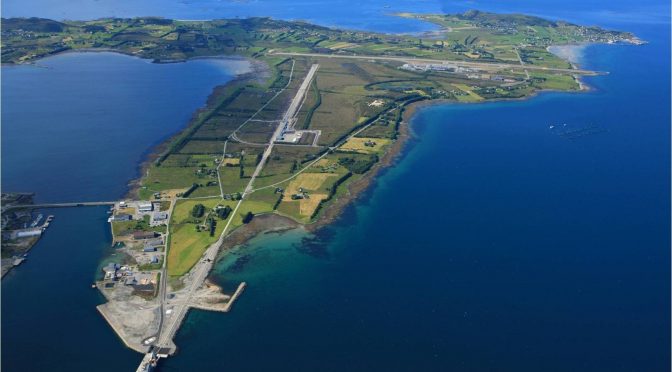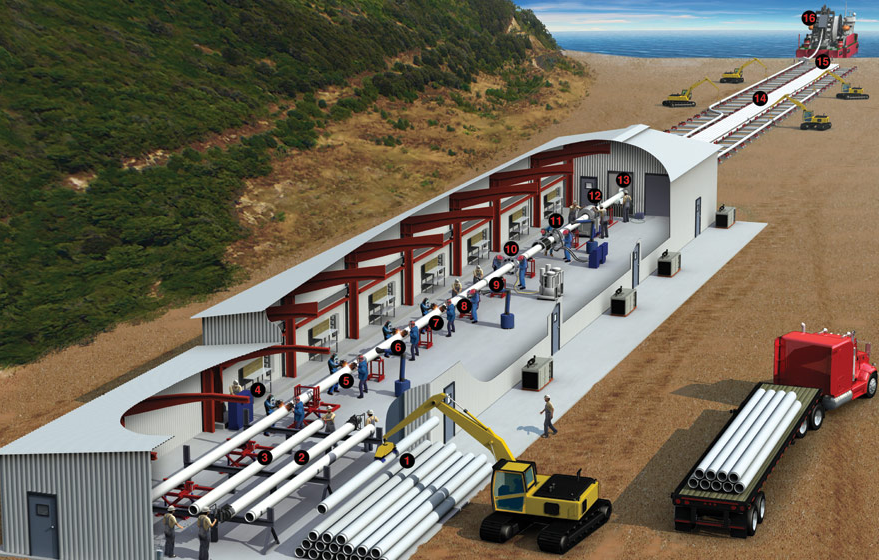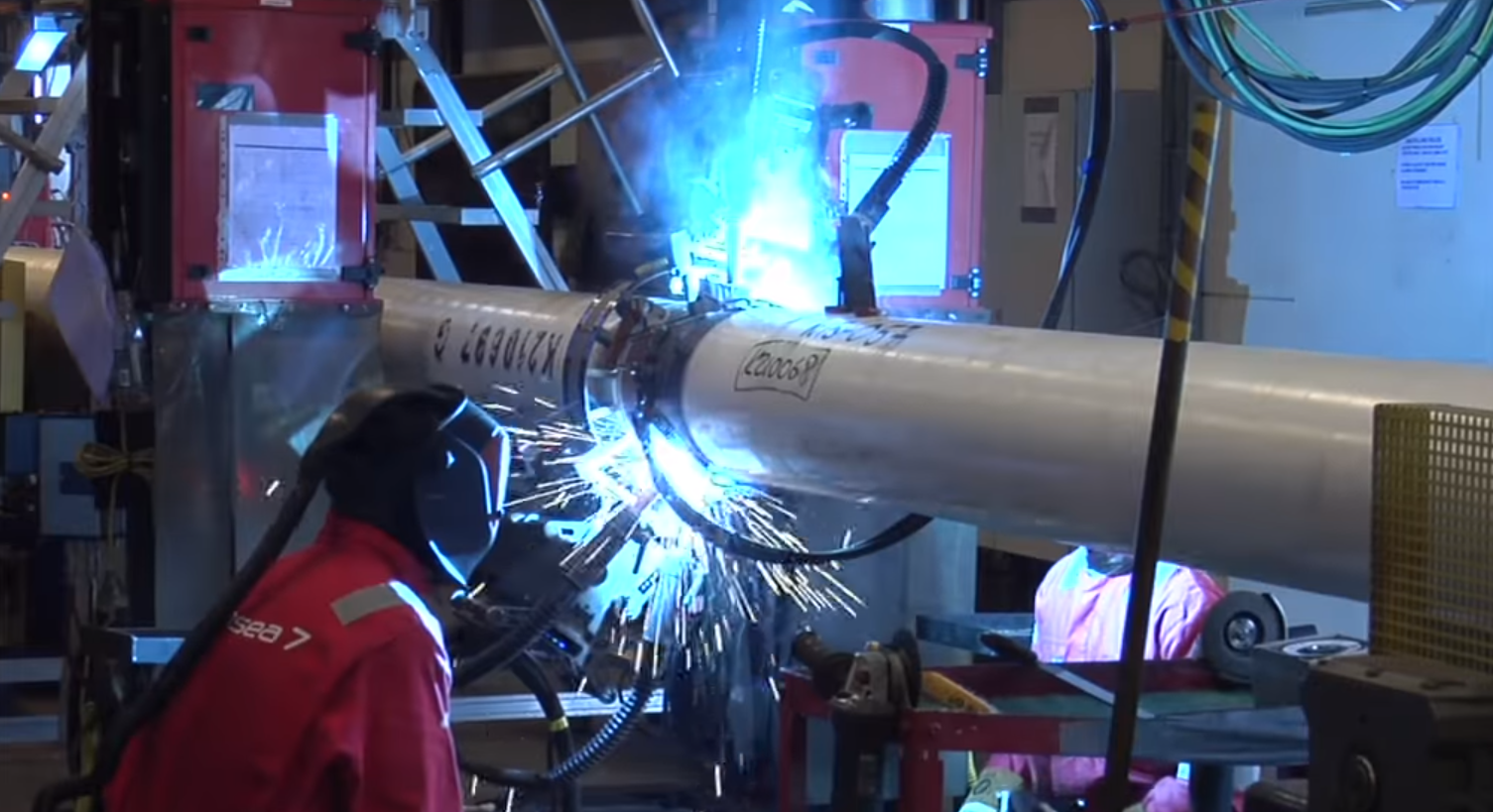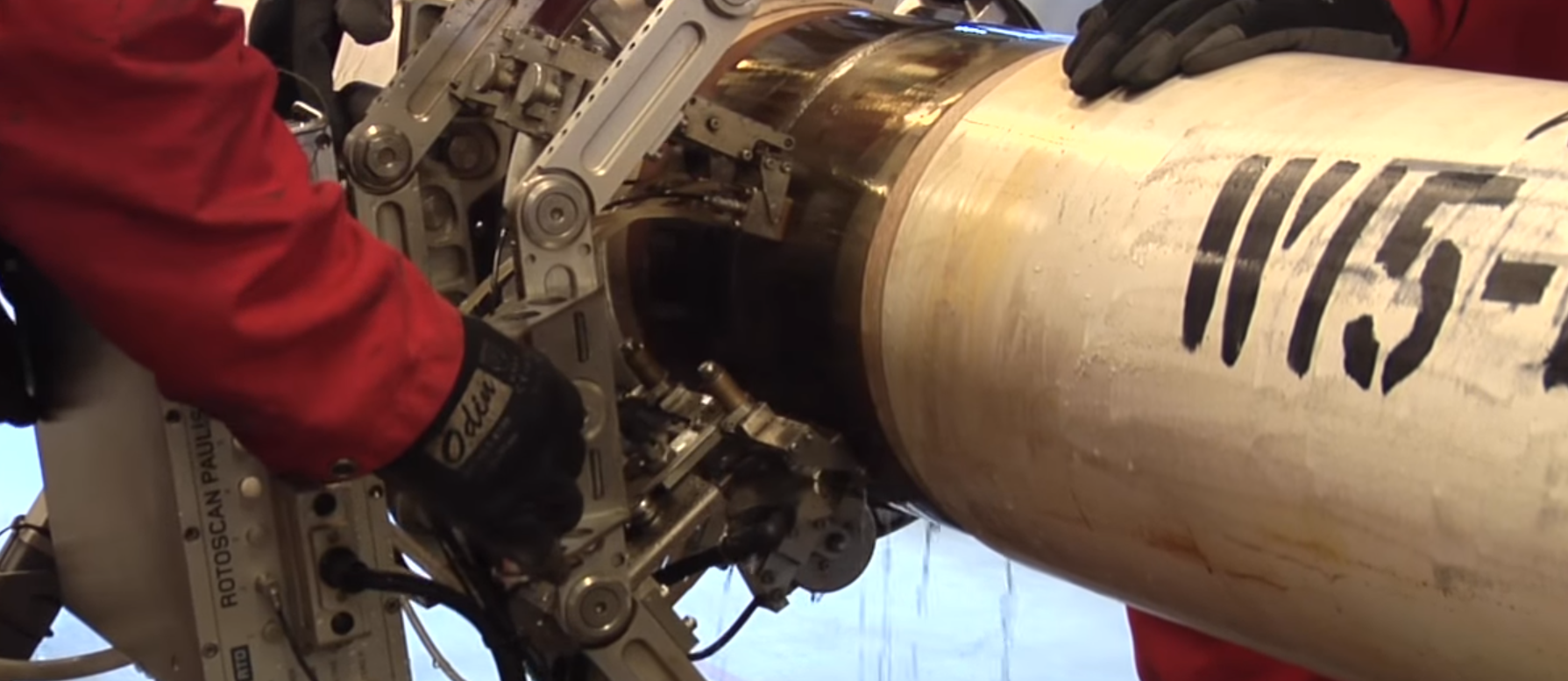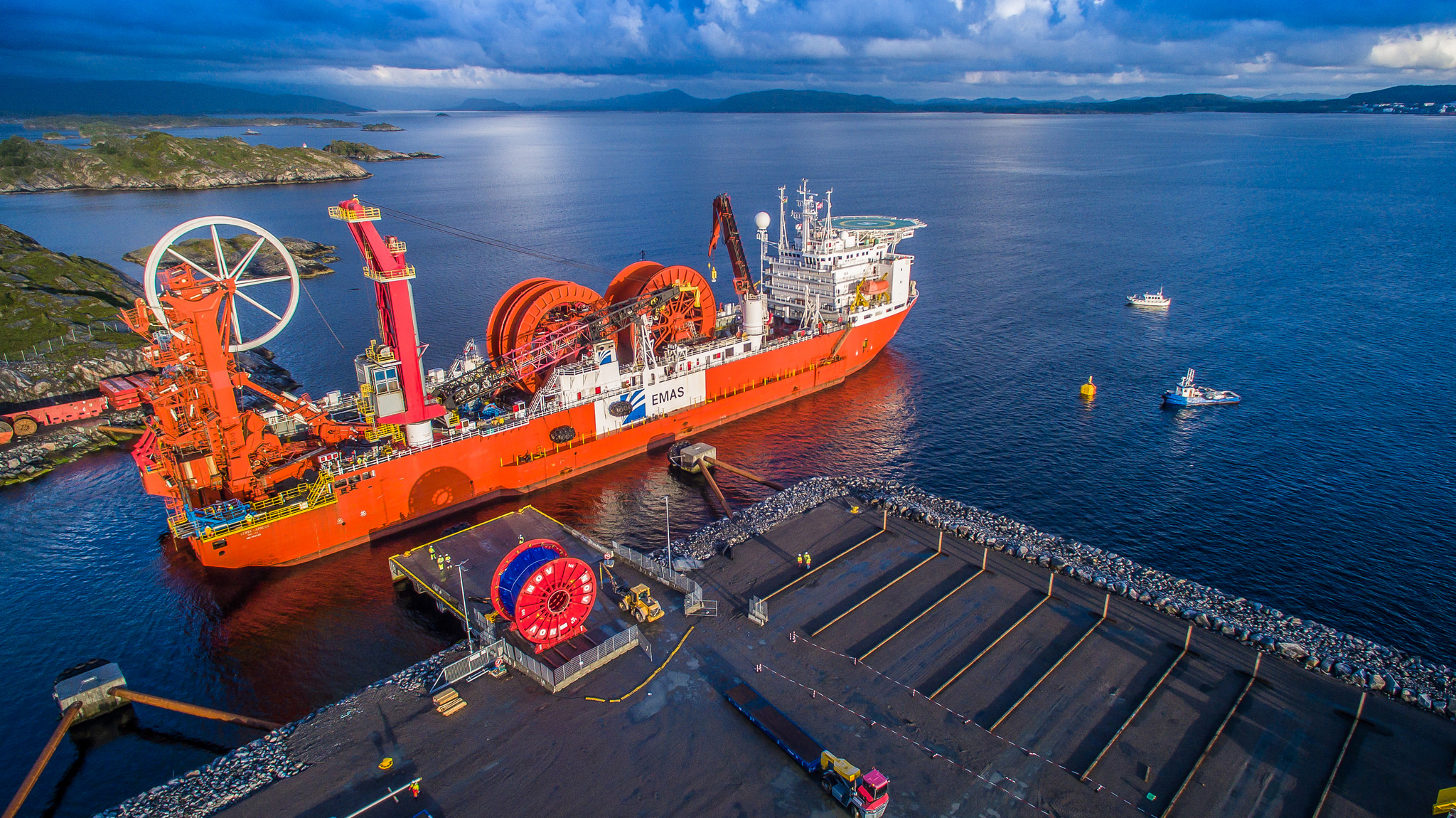A phenomenon adjacent to the Wikipedia rabbit hole may be Google Maps tourism. While reading the Wired article “The Inside Story of the Great Silicon Heist” by the excellent Brendan Koerner I was curious to look at the Mitsubishi polysilicon facility described in the article on Alabama’s Theodore Industrial Canal. While the facility wasn’t much to look at I did notice an interesting neighbor on the canal.
A perfectly straight, mile-long piece of construction that butted up against the water. What was this? An airport runway? Rail yard? Pipeline? Things got more interesting as I zoomed in.
First, I noticed there was an adjacent rail yard that was dwarfed in comparison. Second, there were two parallel lines here.
As I zoomed in on the end of the line I noticed rough edges which indicated I was looking at individual pieces of extrusion or pipe.
Time to do some internet detective work.
Google has the site labeled as TechnipFMC. A quick search yields that this is their Mobile Spoolbase facility with the following information:
Technip’s spoolbase in Theodore, Alabama (close to Mobile) serves the nearby Gulf of Mexico market. The facility consists of a pipe receipt and storage area, a fabrication building, a welded pipe stalk storage area, and a quayside. Since its inception in 2001, this spoolbase has fabricated more than 2,000 km of pipe.
Now we’re on the right track and my interest has been piqued. This falls right at the intersection of maritime engineering, petroleum, and logistics – all fascinating areas to your correspondent. But what is a spoolbase?
This is where the searching is easy. We have the correct keyword so we can find the Wikipedia article, photos, and anything else we want.
A spoolbase is a facility that allows long lengths of pipe to be welded together before the pipe is reeled onto a pipe laying vessel. A facility that has the unique requirements of allowing mile long lengths of pipe to be handled and that is located along the water to accept ships that will pull the pipe on board and spool it.
The real center of the process here is the welding and I found some great information from CRC-Evans that details the process.
Short sections of pipe are transferred into the weld shack. The pipe ends are beveled and prepared for welding. The sections are welded together to form the mile-long pipe string. Each weld is then cleaned, inspected, and coated before it exits the shack into the long yard to wait.
The pipe handling, welding, and inspection processes are all automated to some degree and feature some very interesting equipment similar to pipeline welding equipment I’ve covered before.
I recommend the following video:
When a ship arrives to receive pipe it will pull in a mile-long section and then stop to have another mile-long section welded to the end for a much longer continuous reel.
The pipelaying vessels themselves are extremely interesting and deserving of their own separate article!

